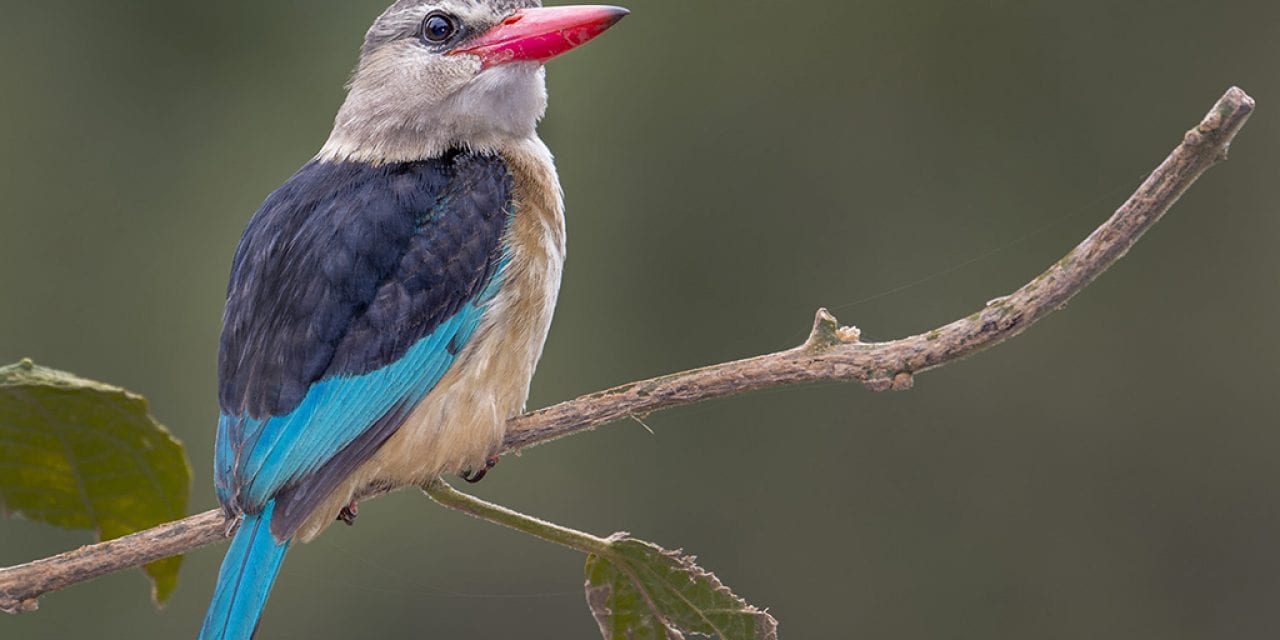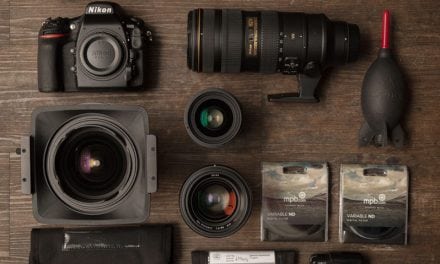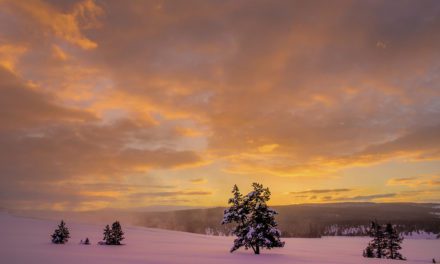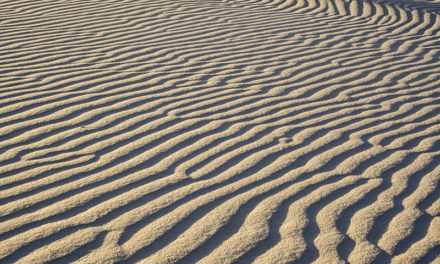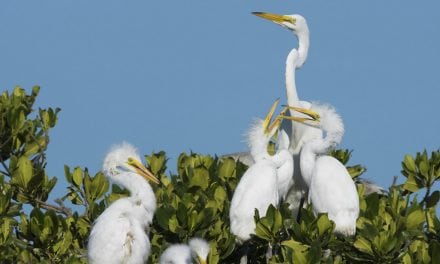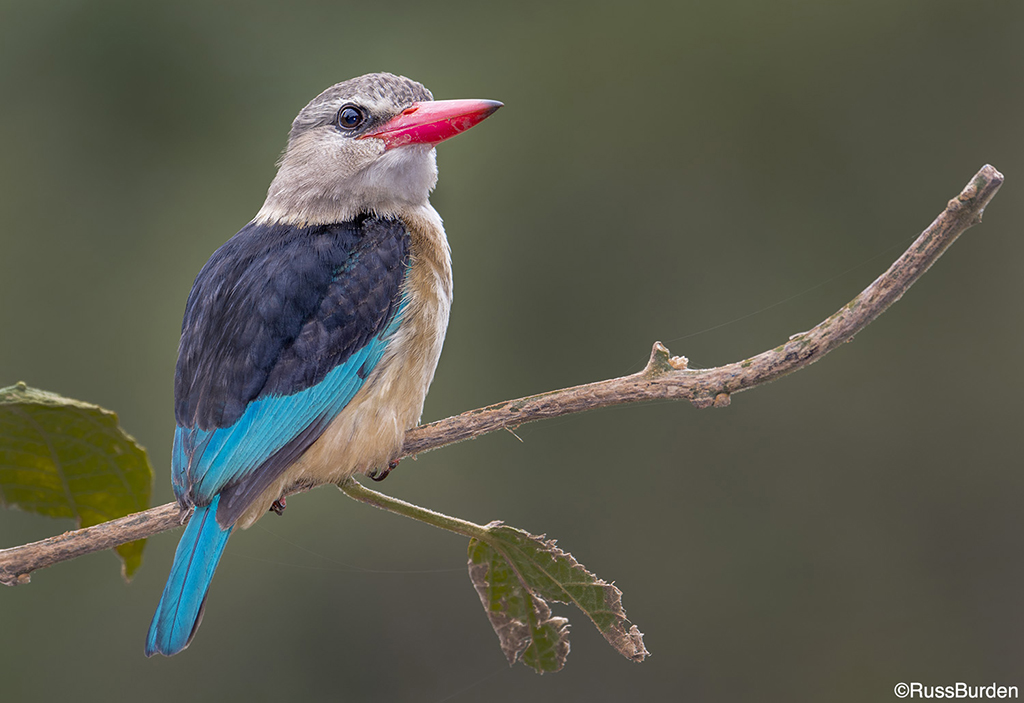
Want to bring home better images of animals? Practice these tips for using flash in wildlife photography and see your images improve. Before you get started, let’s consider the following questions:
Q: What is the most underused photographic implement that can exponentially improve wildlife images?
A: Flash.
Q: How can flash improve my photography?
A: Use it outdoors as a main light or as a source of fill.
Q: Is it hard to learn?
A: Don’t be afraid to read the manual.
Q: When do I need to use it?
A: When the subject is back lit, when you want a highlight in the eye, when the light is too contrasty and more.
Let’s examine each of the above questions for using flash in wildlife photography.
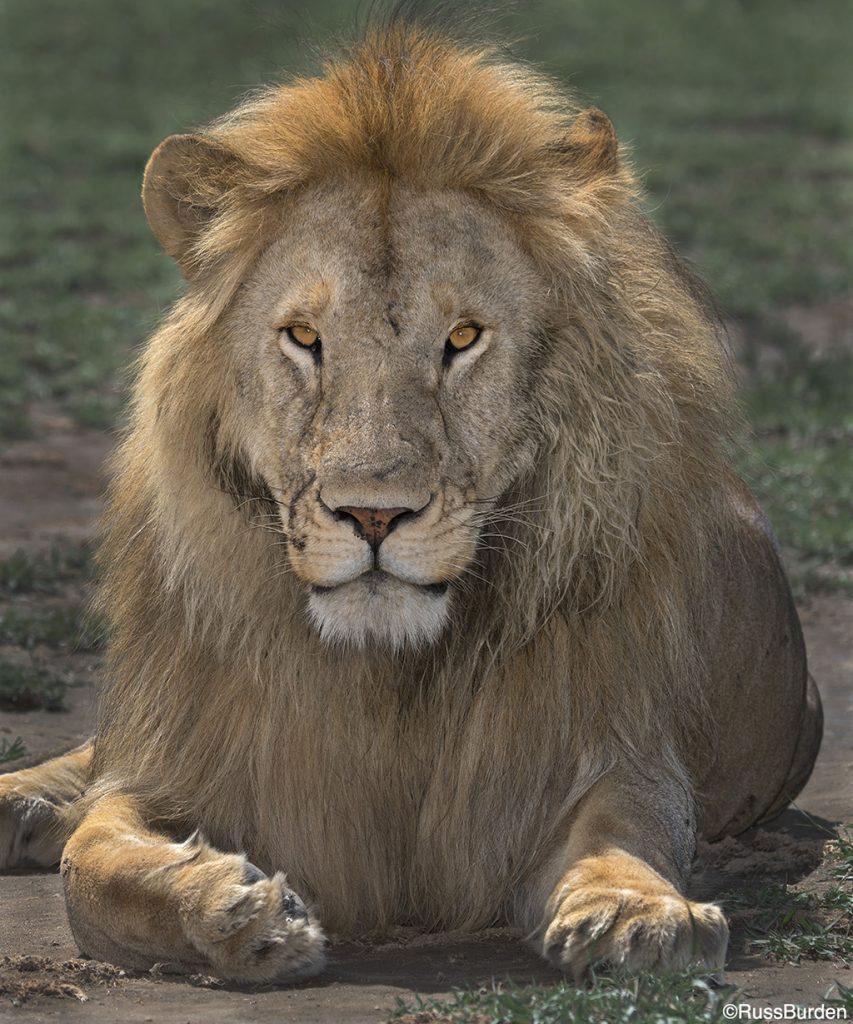
Flash Is A Source Of Light
When you create an image, light paints the sensor. When the light is great or dramatic, the painted light produces a great image. If the light isn’t good, the image suffers. Most wildlife photographers have a vast assortment of lenses that cover everything from wide to super telephoto. They also have lots of memory cards, spare batteries, maybe some filters and a pair of binoculars in their camera bag. The problem is that very few have a powerful flash. If you don’t currently own a good flash, before you purchase a new lens, get a good flash. As stated above, flash is a source of light. It can be used to improve the light cast upon many a wildlife subject.
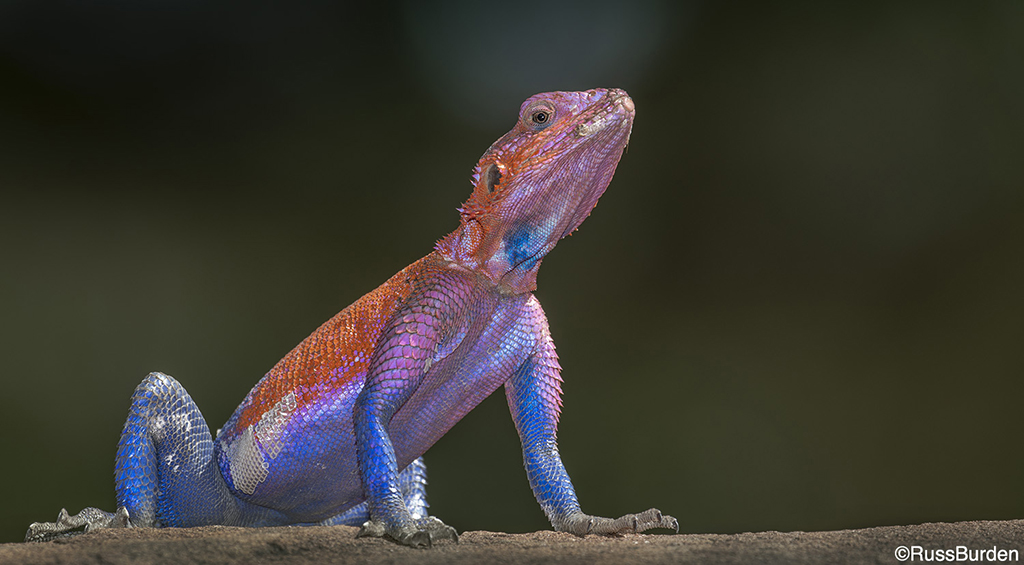
Use Flash In Wildlife Photography As A Main Light
When flash is used outdoors, it can be used as a main light or as a source of fill to brighten up contrasty shadows. If a bird nests in a tree and you want to photograph the interaction between the parents and newborn chicks on a sunny day, the highlight-to-shadow ratio will be extreme. If there was a way to evenly light up the dark, contrasty void and not have the bright areas blow out, the images would be great. Flash to the rescue. Use your flash as a main light. The dark areas receive light and the bright areas are toned down since the flash is now the main light. To avoid getting too close to the nest as it may scare off the parents, use a flash modifier that projects the light a long distance. I use the MagMod wildlife kit.
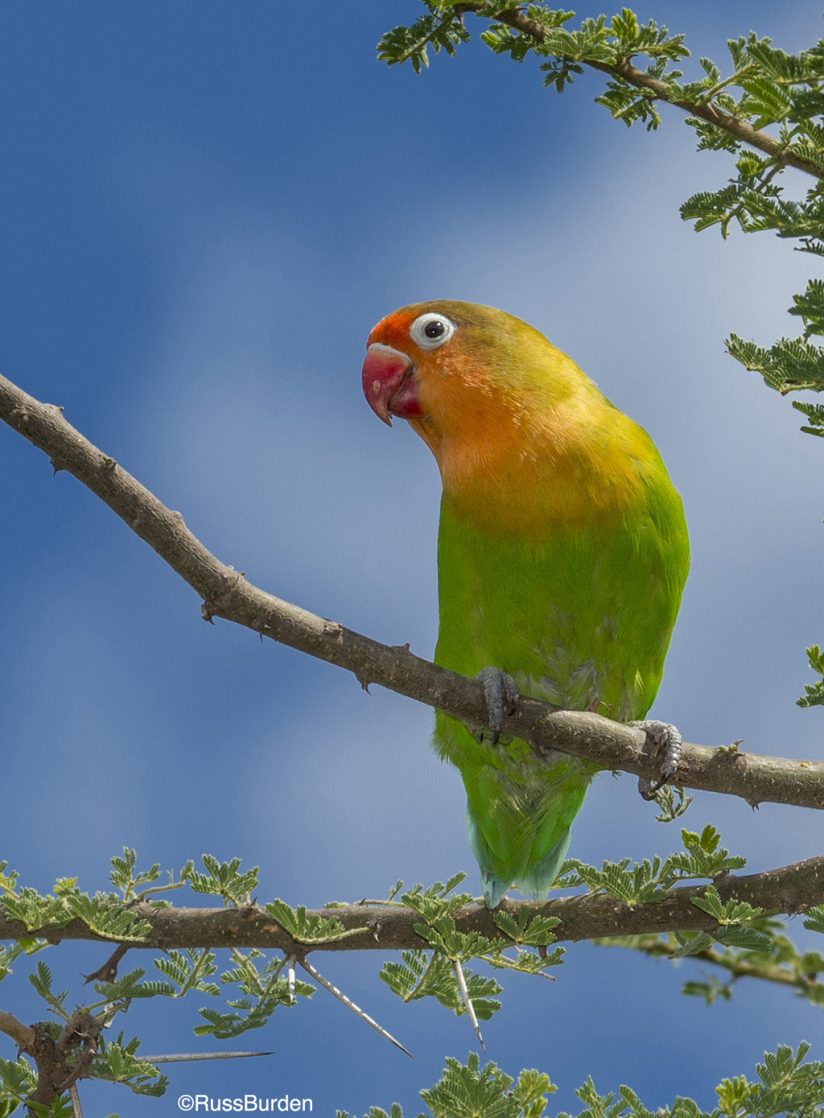
Add Light To A Subject’s Shadow Side
Flash can also be used to add light to a shadow side of a subject. If a subject is side-lit, the shadow side can be too dark. Flash to the rescue. The flash is used to fill in the dark void. Flash has become sophisticated and interfaces with the electronics of the camera body so the amount of light emitted from the flash can be dialed down or up. In the same way an in-camera exposure may need compensation, the same principle can be applied to the amount of light emitted from the flash. I often dial it down to -1 stop by simply rotating a wheel on the back of the unit to -1.
Learn To Use Flash Compensation
Flash has become very sophisticated, but for use in wildlife photography, there’s only one dial you need to learn: Flash Compensation. I use a Nikon SB5000, and to dial in plus or minus compensation, I touch the top of the command wheel and then dial in the amount of light I want the flash to provide. It’s that simple, so don’t fear the flash as it has the power to greatly improve the final image. Flash to the rescue.
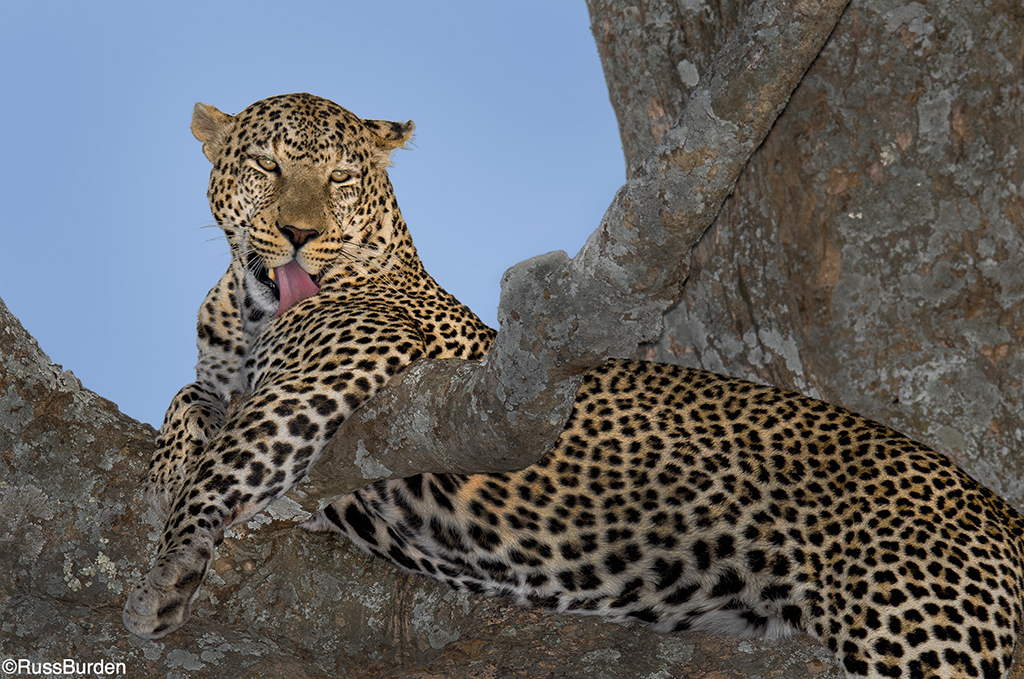
Adding Light To A Subject’s Face
If a subject is backlit but you want light on the face, you can add light to the exposure but the background will be void of detail, which isn’t a good scenario. Flash to the rescue. On the other hand, if the subject is backlit and you attach a flash to the camera, the light emitted from it will light up the face of the animal. I start at zero compensation and then look at my image on the LCD. If there’s too much or too little light, I adjust the amount by dialing up or down the compensation on the flash.
On an overcast day, I use flash to create a highlight in the animal’s eye. I dial it down to -2 stops, which creates a point of light in the subject’s eye—it’s that simple!
Contrasty light has deep shadows and bright highlights. By now, you probably guessed: Use flash to brighten up the shadows. If the result is too much light, dial down the flash compensation and vice versa if there’s not enough.
Visit www.russburdenphotography.com for information about his nature photo safaris to Tanzania.
The post Using Flash In Wildlife Photography appeared first on Outdoor Photographer.

